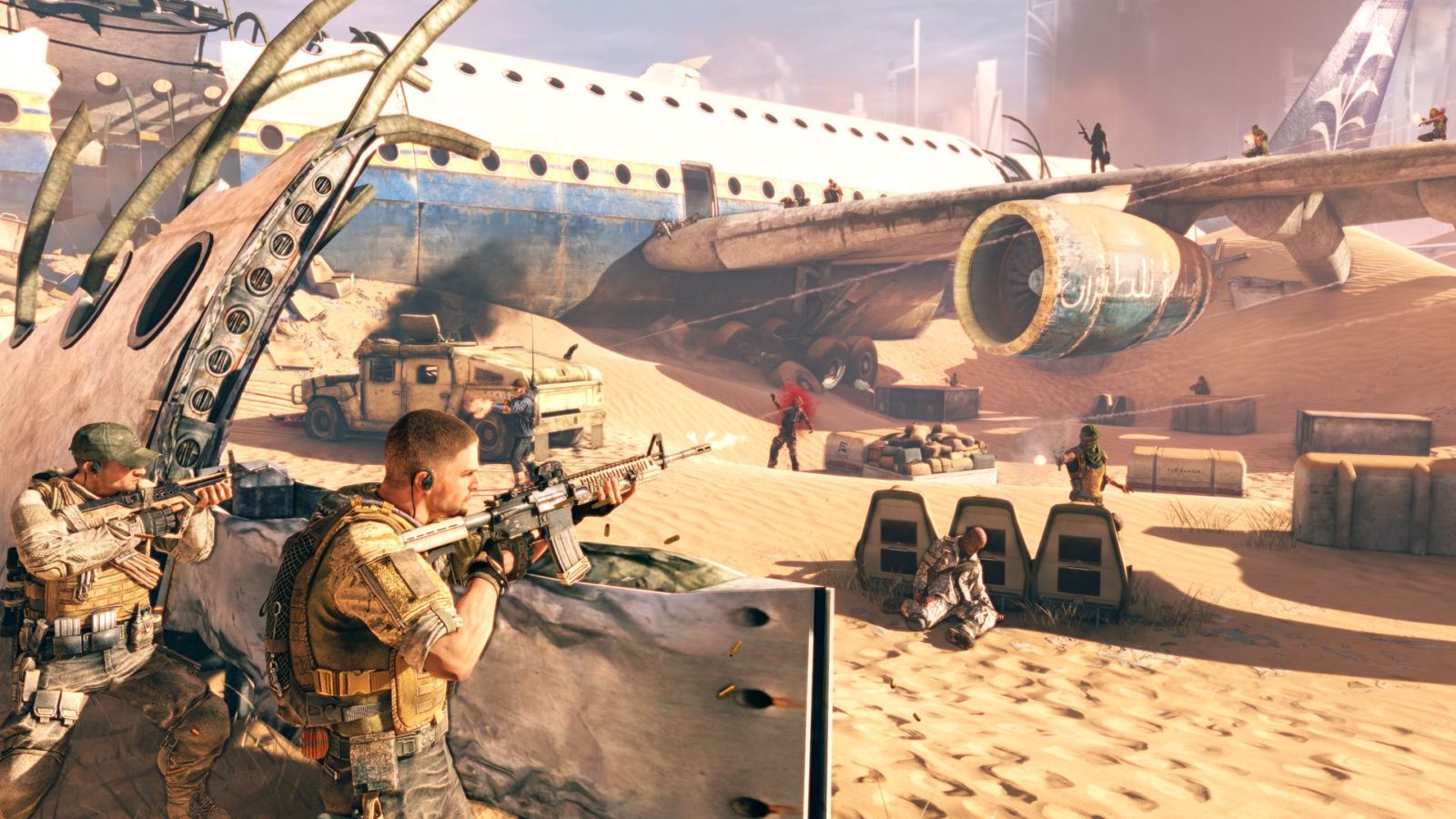

While the M4 military assault carbine has a 14-inch barrel with a collapsible stock that comes in at 29.75inches with the stock retracted. For example, the M16A2 military assault rifle has a 20-inch barrel and a full-sized stock that comes in at 39.5inches. Here is another can of worms: where does the assault rifle pistol fit among carbines, short-barreled rifles, and the commando carbine? Carbines are shortened (and lighter) versions of military rifles and assault rifles through shorter barrels and more compact stocks. This new threat caused most governments to form specialized military and law enforcement units for counter-terrorism, like the US Army DELTA Force. As much of the world prepared for all-out (possible nuclear) war between NATO and the Warsaw Pact, there were other conflicts and tactical situations that were beyond the Berlin Wall and mostly orbited the shadow world of terrorism. Some machine pistols were fielded for vehicle crews, dog haulers, and even special operations units. The fate of the machine pistol would change during the Cold War along with some blurring the lines between the machine pistol and its chief rival, the submachine gun, due to new situations and threats that emerged during the 1960s. It seemed that the end of the machine pistol might have come. Few machine pistols were designed or deployed officially during the war by either side and it makes sense: SMGs are much more tactical flexible and stable than the machine pistol. While the First World War saw the deployment of the machine pistol for use in the horrific trench warfare setting, the 2nd World War saw the rise of the sub-gun with the icons like the British STEN gun, the American M3 "Grease Gun", the Soviet PPSh-41, the German MP-40, and of course, the M1A1 Thompson. Of course, your mileage will vary with these terms. This does not always apply of course…the UZI is an SMG and is loaded in the grip like a pistol. In most classically machine pistol designs, the extended magazine is loaded in the grip of the handgun, while most SMG load their ammunition in the traditional rifle configuration with the mag-well in forward of the trigger assembly. Another more subjective element between Sub-guns and machine pistols is how the magazine location. SMGs and machine pistols are selected for some of the same tactical situations and by the same users, however, the SMG is larger and longer, has better recoil control, easier to attach a sound suppressor, more choice in pistol calibers selection, and is generally designed from the ground-up as an SMG, not based on a handgun. The most iconic machine pistols and the most iconic sub-guns both fire the 9x19mm cartridge, thus mudding the waters on difference between them. For the most part, the majority of machine pistol chamber the 9mm round and this puts them in the same category as the submachine gun.
#Spec ops the line imfdb mac
There exceptions to the rule as well, like the MAC 10/11. This is seen in the select-fire Glock 18 machine pistol being based on Glock 17 and the Beretta 93R being based on the 92 series. Here is the $64,000 Question when it comes to these types of compact weapons: what is the real difference between them? For the most part, machine pistols have the core design constructed around an established pistol. To this very day, the “MP” designation is still used in German firearms manufactures for SMGs like weapon, as seen in the H&K MP5 and the PDW MP7. The term “Submachine Gun” was actually coined by the American inventor of the Thompson machine gun, John T. This usage of the term “machine pistol” by the Germans muddied the waters between actual machine pistols and very similar SMGs. While the MP-18 clearly fits within the SMG category to us today, it was called an “ Maschinenpistole 18”. It was also during this hellish time-period that the first submachine gun was fielded, the 9mm MP-18 by Hugo Schmeisser (father of the MP40) and Theodor Bergmann. During the war, the Imperial German Army fielded some of the first machine pistols, like the 9mm Luger 08 Artillery and the 9mm Repetierpistole M1912/P16. The 1880s-1910s were an explosive time in firearms experimentation and invention that forged fertile ground for the firearms innovation brought out by the First World War.

However, that is were it gets…complicated. The term for this weapon category was coined by the Imperial German Army during the First World War, given that the first auto-loading pistol was created by German engineer Hugo Borchardt in 1896 with the C-93 7.65x25mm handgun. This unique, tactically limited, weapons were originally designed for defensive purposes for mostly non-direct combat roles and some specialized units. Machine pistols can be select-fire in either full-auto or burst in addition to semi-auto.


 0 kommentar(er)
0 kommentar(er)
